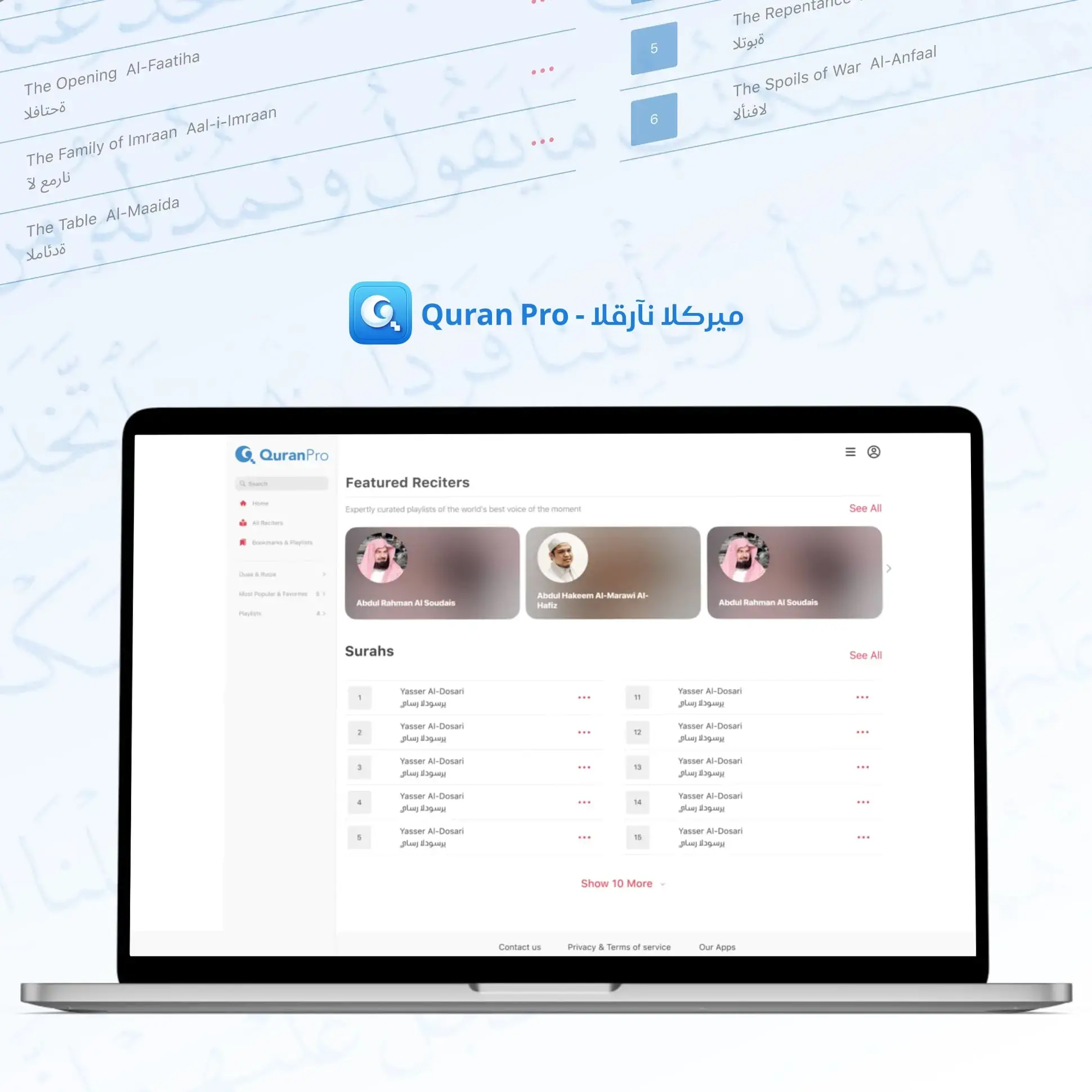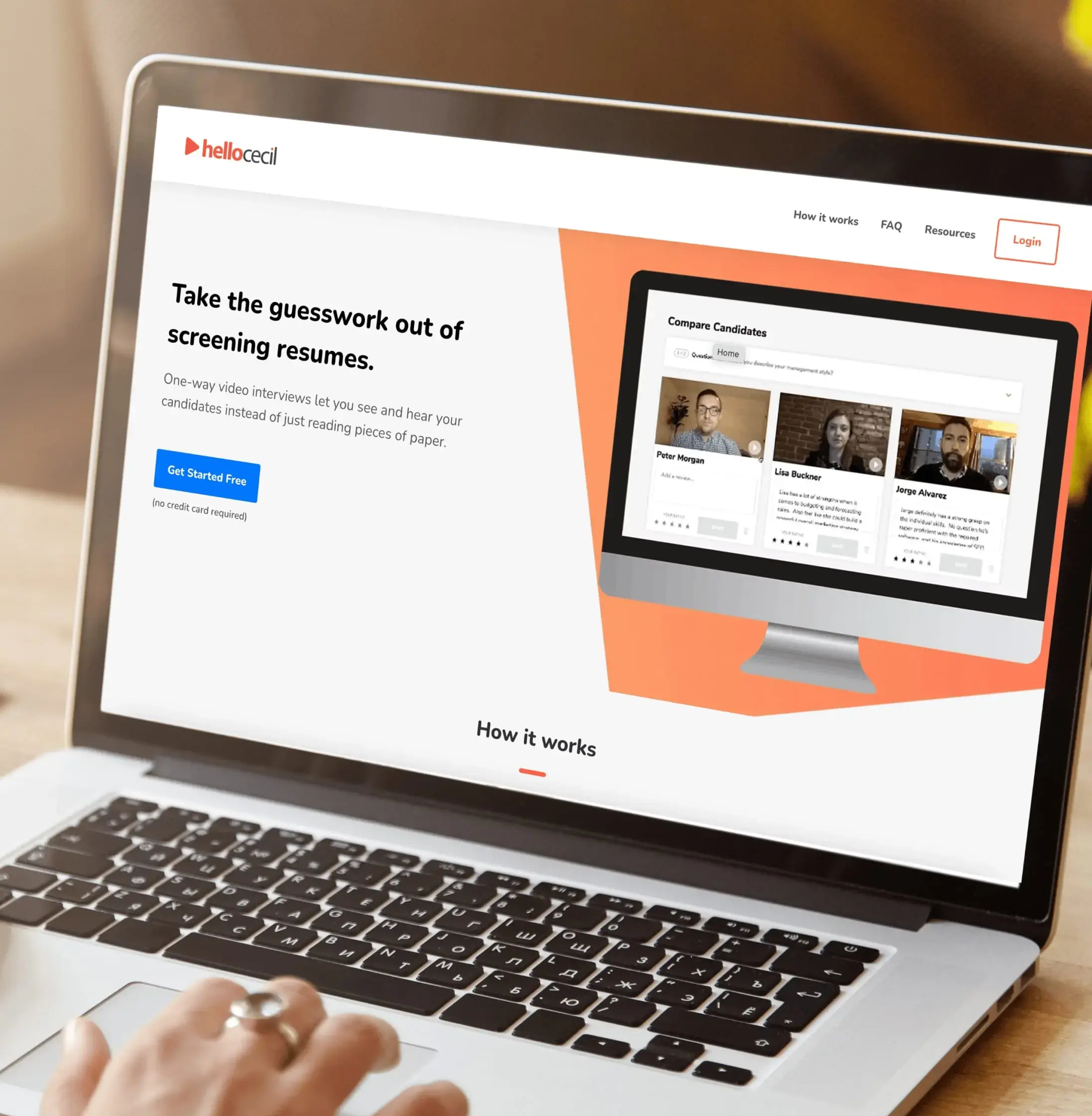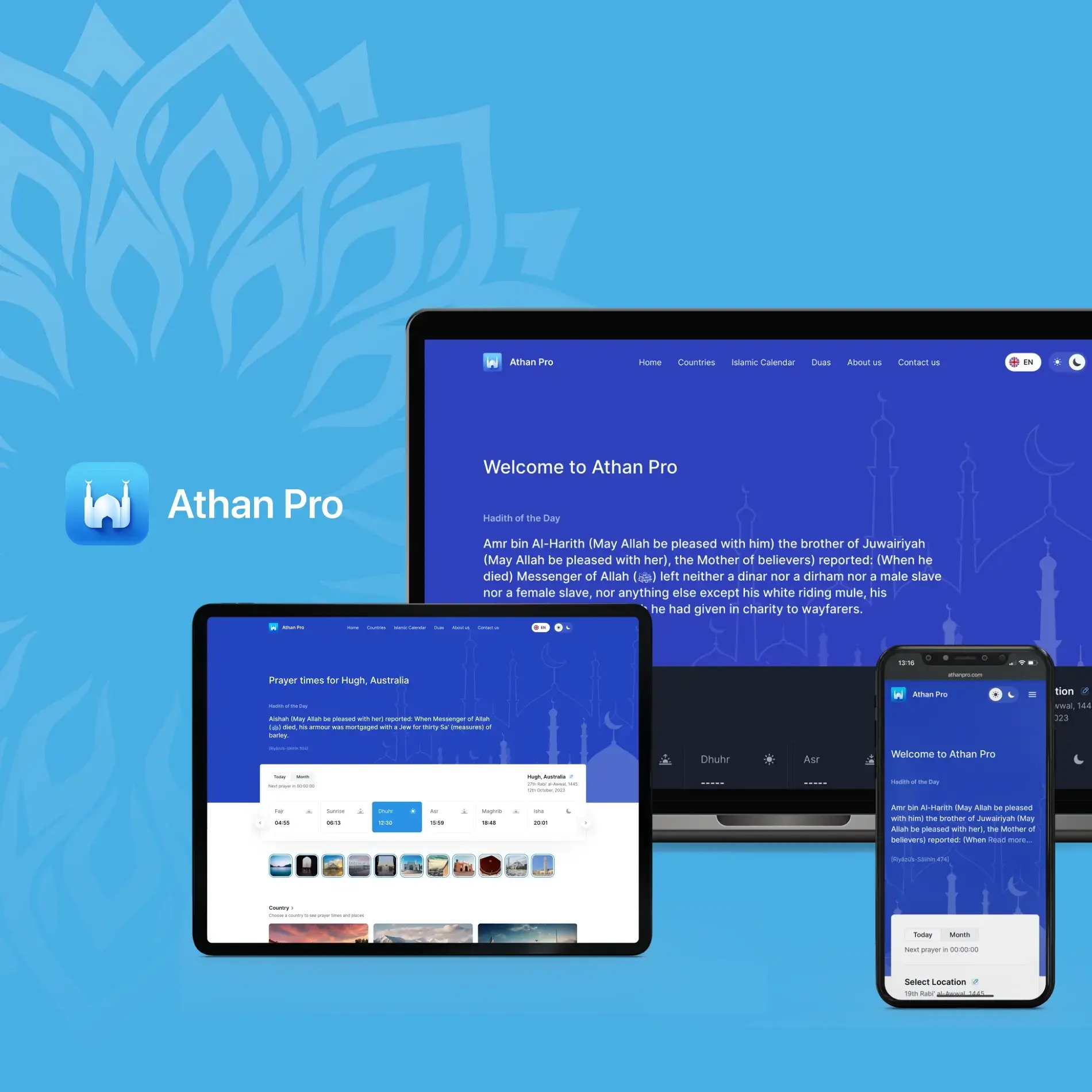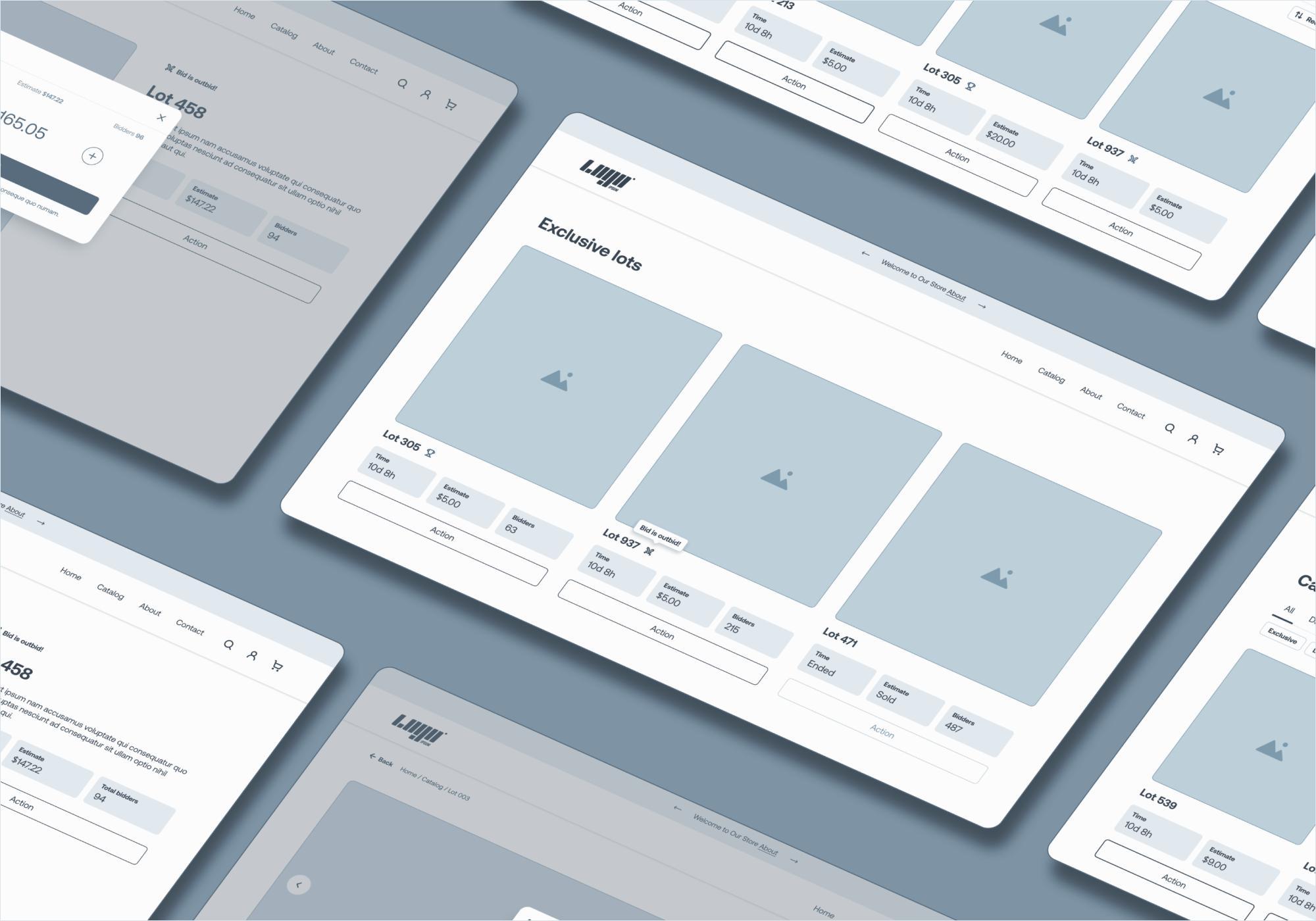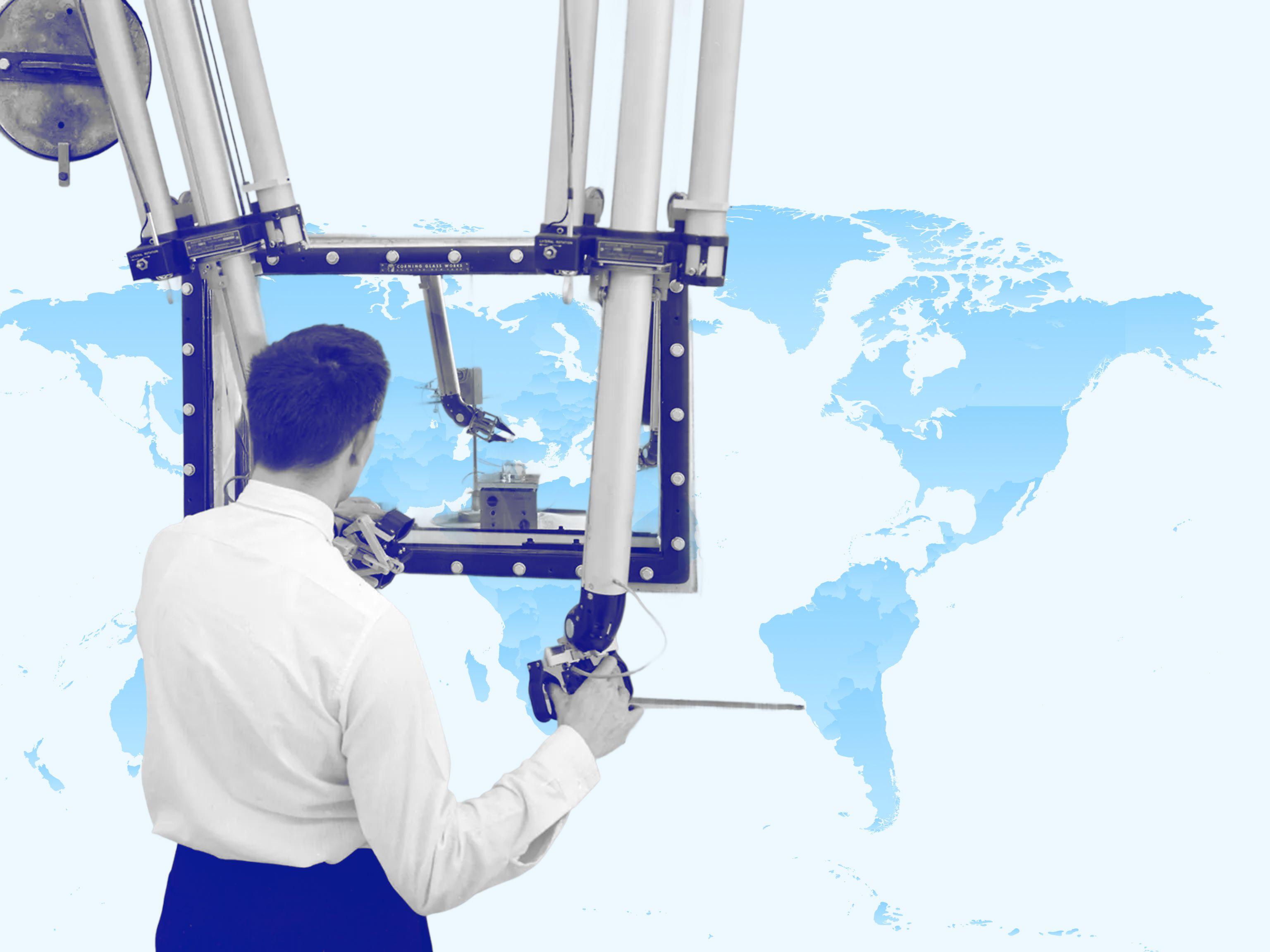
- SaaS
Multi-Tenant Architecture for SaaS Application: All You Need to Know
What makes SaaS multi-tenant architecture an excellent choice for your product? Discover the benefits and best practices of multi-tenancy with JetBase.
October 16, 2024 | Updated on November 24, 2025 | 10 min

Alex Padalka
CEO and Co-founder at JetBase
Table of Contents
- What Is Multi-Tenant Architecture?
- Multi-Tenant vs. Single Tenant: Differences
- Types of Multi-Tenant Architecture
- SaaS Multi-Tenant Architecture Pros and Cons
- Multi-Tenant SaaS Application Development Best Practices
- SLAs in a Multi-tenant Application Architecture
- Multi-Tenant Architecture Examples
- Building a Multi-Tenant SaaS Application with JetBase
- FAQ
Our Cases
Innovation isn’t just about ideas - it’s about execution, turning vision into reality, and creating solutions that truly make an impact. See what we’ve built and how it works:
- HealthCare
- Media & Entertainment
- eCommerce
- Amazon Web Services
- Cloud Cost Optimization
- Serverless Application
- Retail
- HealthCare
- Media & Entertainment
- eCommerce
- Amazon Web Services
- Cloud Cost Optimization
- Serverless Application
- Retail


